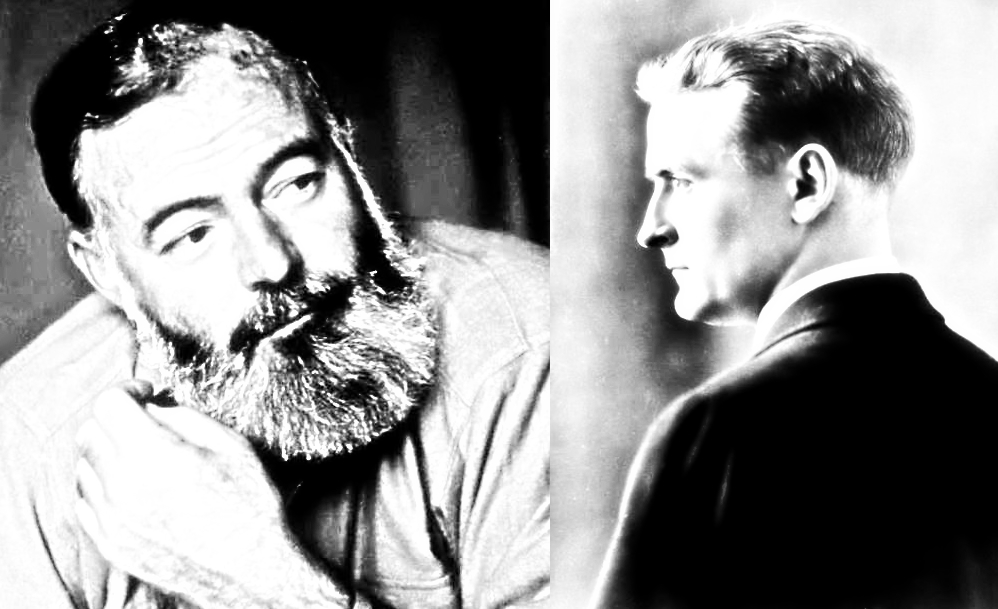I was a lot busier this week than I thought I would be, but that’s okay because I am back in the saddle for a short while to conquer a weekend’s worth of writing. Anyway, we discussed literary realism a little bit this week, so I thought it only important that we continue that conversation by discussing a short story that comes to mind when I think of the tenets of that movement.
The short story I am referring to is “To Build a Fire” (1908) by Jack London, and, to be honest, my London knowledge is weak, unfortunately, but this blog is suppose to remedy that for you AND me.
Continuing, much like how I felt after reading “An Occurrence at Owl Creek Bridge” (1890) by Ambrose Bierce, when I first read “To Build a Fire” (1902) as a young man—I was blown away. Essentially, it all had to do with London’s ability to tell a story about a man in extreme cold fighting against real elements and real danger (it should also be said—and certainly could be argued—that this short story embodies the naturalist movement as well).
Synopsis
A nameless character—a man—travels into the forests near the Yukon River to meet up with his friends at a camp on an extremely cold day (somewhere near -75 degrees Fahrenheit [-59 degrees Celsius]). The man ignores advice given to him to mind journeying alone on ice-cold days, and even the large dog accompanying him seems to have reservations about the journey.
The man starts a fire and enjoys his lunch and moves on ahead, only to eventually fall folly of the snow by breaking through the ice and into the ice-cold water on accident. After he attempts to start another fire and fails (the cold causes his hands and feet to go numb), he then attempts to kill the dog to use its body warmth but he is incapable of doing so because he can not choke or stab the dog with his frozen hands.
In the end, he drifts off into a comfortable sleep (because the cold has worn him down and has stolen his endurance) and he dies of hypothermia while conjuring fantasies.
“Suddenly he found himself with them, coming along the trail and looking for himself. And, still with them, he came around a turn in the trail and found himself lying in the snow. He did not belong with himself any more, for even then he was out of himself, standing with the boys and looking at himself in the snow. It certainly was cold, was his thought. When he got back to the States he could tell the folks what real cold was.”
(“To Build a Fire” | Jack London)
Literary Realism
It’s a grim story but what saves it from being gothic or horror is London’s excellent use of imagery and description to describe the mundane (more or less).
“The trouble with him was that he was without imagination. He was quick and alert in the things of life, but only in the things, and not in the significances. Fifty degrees below zero meant eighty-odd degrees of frost. Such fact impressed him as being cold and uncomfortable, and that was all. It did not lead him to meditate upon his frailty as a creature of temperature, and upon man’s frailty in general, able only to live within certain narrow limits of heat and cold; and from there on it did not lead him to the conjectural field of immortality and man’s place in the universe.”
(“To Build a Fire” | Jack London)
A stout passage and solid short story if I do say so myself!
Works Cited
London, Jack. “Great Short Works of Jack London.” Harper and Row. 1965. Print.







